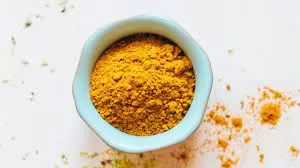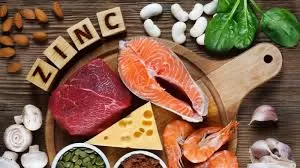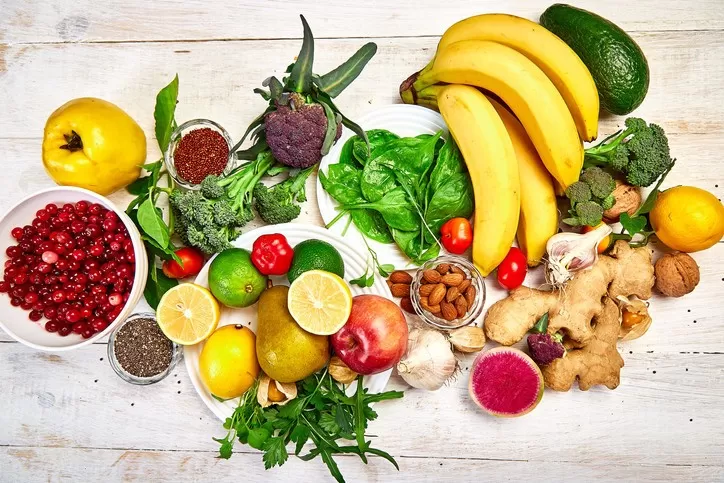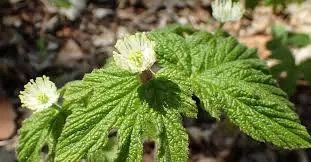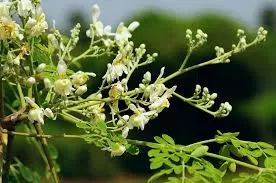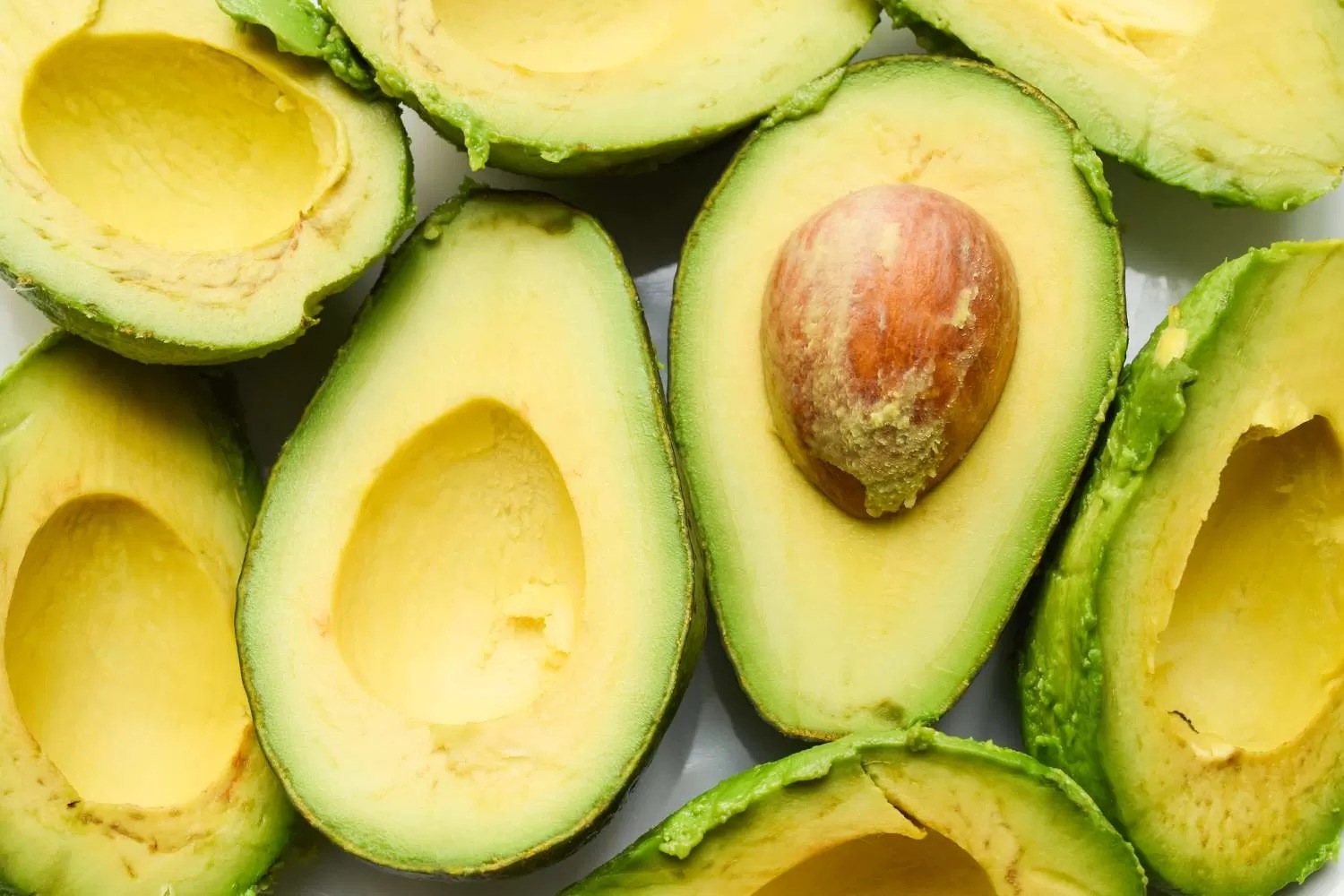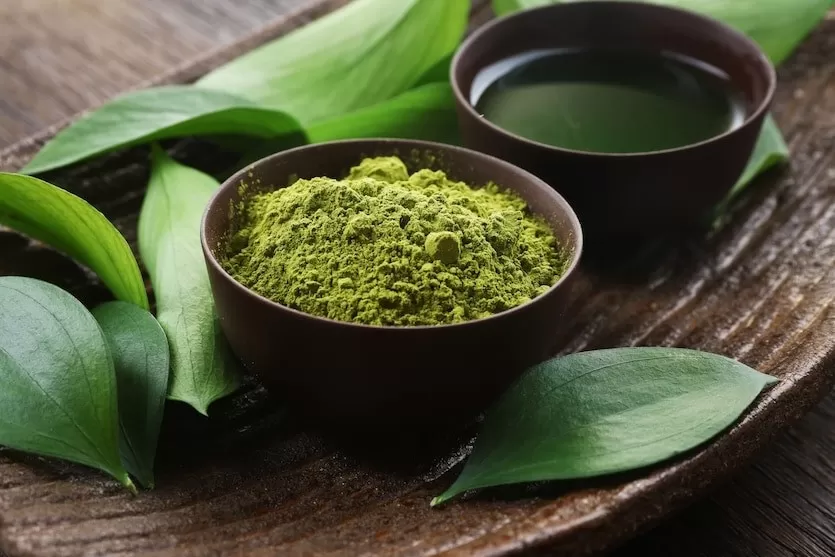- 0086-571-85302990
- sales@greenskybio.com
Stinging Nettle: History,Nutritional Profile and Uses
2025-05-20
Stinging nettle, known scientifically as Urtica dioica, has long been revered and feared due to its stinging hairs that induce a sharp, tingling sensation upon contact. Despite this defensive mechanism, the plant harbors a wealth of nutritional and healing properties, rendering it one of nature’s most versatile plants. This article explores the rich history, nutritional profile, and health benefits of stinging nettle, offering insight into its potential applications.
Historical Context
Origins and Traditional Uses: Stinging nettle, indigenous to Europe, Asia, and North America, boasts a rich history spanning various cultures. Ancient Egyptians harnessed its healing properties for arthritis and back pain, while Roman soldiers reportedly employed its leaves for warmth through a practice known as "urtication." In medieval Europe, nettle was prevalent in herbal medicine, addressing ailments ranging from joint discomfort to urinary disorders.
Textile Significance: Beyond medicinal uses, nettle fibers played a crucial role during World War I, especially due to cotton shortages, as uniforms and sails were crafted from its fibrous stems. Today, nettle remains a valuable resource, thriving in nutrient-dense soils near rivers, forests, and farms globally.
Culinary Tradition: In the Scottish Highlands, nettle was traditionally used in a soup known as "nettle broth," believed to detoxify the body and boost energy following the winter season.
Nutritional Profile and Health Advantages
A Nutrient Powerhouse: Stinging nettle is enriched with essential vitamins, minerals, and phytonutrients. It is a rich source of vitamins A, C, and K, alongside vital minerals such as iron, calcium, magnesium, and potassium. Additionally, it contains important bioactive compounds, including:
- Flavonoids like Quercetin and kaempferol, appreciated for their antioxidant and anti-inflammatory properties.
- Phenolic acids such as chlorogenic acid and caffeic acid, known for combating oxidative stress.
- Carotenoids like lutein and beta-carotene, which promote eye health and bolster immune function.
- Plant sterols such as beta-sitosterol, potentially aiding in cholesterol reduction.
These compounds work collectively to deliver stinging nettle's comprehensive health benefits.
Preventing and Alleviating Health Issues: Extensive research has been conducted on stinging nettle’s health-promoting potential, highlighting benefits like:
Anti-inflammatory effects: The presence of flavonoids and phenolic acids helps mitigate inflammation, providing relief for conditions such as arthritis and gout.
Allergy relief: By inhibiting histamine production, nettle can reduce the impact of seasonal allergies and hay fever.
Urinary health: Stinging nettle acts as a diuretic, fostering kidney health and alleviating symptoms of urinary tract infections.
Blood sugar regulation: Some studies indicate nettle’s role in stabilizing blood sugar levels, offering promise for individuals with Type 2 diabetes.
Skin health: With anti-inflammatory and antimicrobial properties, nettle aids in treating acne, eczema, and other skin issues.
Versatile Form Usage
Stinging nettle is available in various forms, each harnessing unique benefits:
Tea: Steeping dried nettle leaves in hot water creates a soothing beverage, allowing easy access to its nutrients.
Tinctures and Capsules: These are concentrated doses of nettle available as liquid extracts or supplements.
Topical Applications: Nettle-infused oils and creams are effective for soothing joint pain and skin irritations.
Culinary Explorations
Culinary Names and Varieties: Known by names such as stinging nettle, common nettle, and burn nettle, the plant typically grows between three to seven feet tall with serrated, heart-shaped leaves and small greenish-white flowers. While raw leaves possess a bitter, earthy taste, cooking transforms them into a spinach-like flavor.
Modern Culinary Uses: Stinging nettle offers diverse culinary applications, including:
- Nettle pesto: Made with blanched nettle leaves, garlic, pine nuts, and olive oil, offering a vibrant twist on traditional pesto.
- Nettle soup: A creamy, nutrient-rich soup featuring potatoes, leeks, and fresh nettle.
- Nettle smoothie: Blending blanched nettle leaves with banana, spinach, and almond milk for a nutrient-packed boost.
- Nettle frittata: Incorporating sautéed nettle into a fluffy egg frittata for a protein-rich breakfast option.
- Nettle tea latte: Combining nettle tea with steamed milk and honey for a comforting beverage.
Conclusion:
In essence, stinging nettle embodies a true superfood, laden with nutrients and diverse health benefits. Its longstanding history as a medicinal and culinary herb highlights its adaptability and effectiveness. Whether consumed as tea, integrated into meals, or applied topically, stinging nettle is a natural ally supporting holistic well-being. Embracing nettle not only taps into the esteemed tradition of natural healing but also nourishes the body with one of nature’s most potent superfoods.
-
Goldenseal: A Historic Herbal Remedy at Risk
2025-05-20






